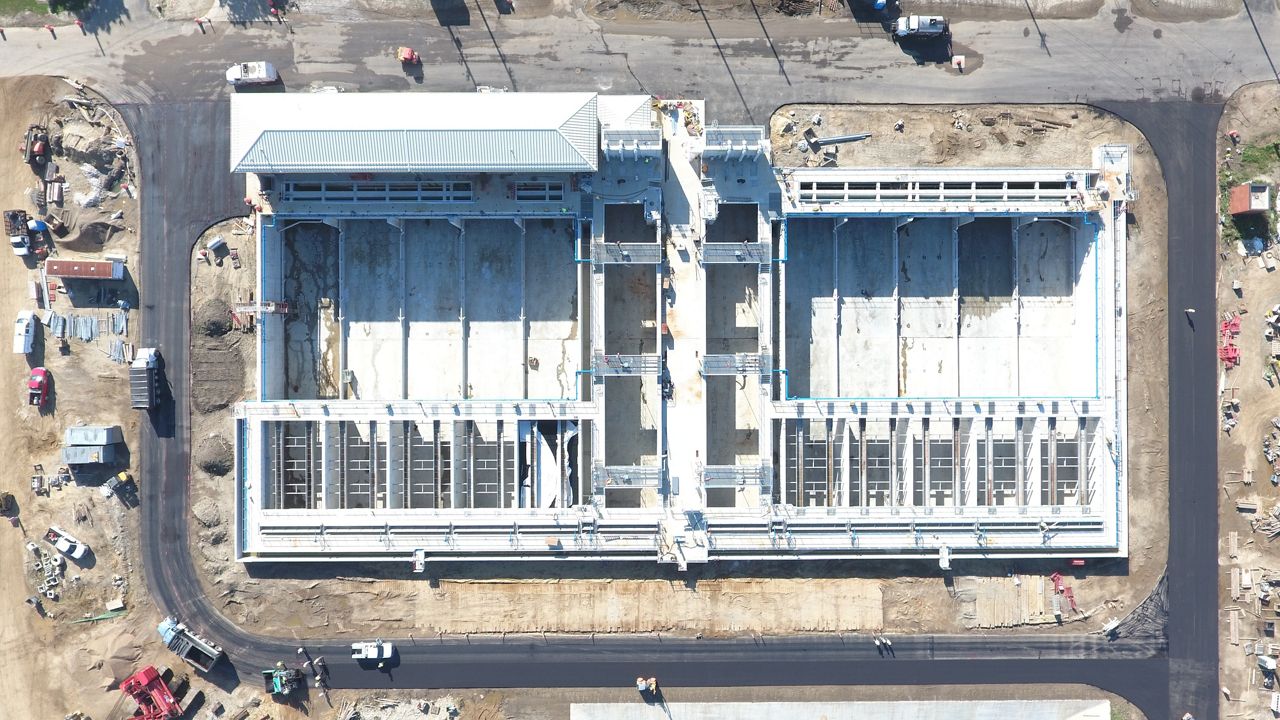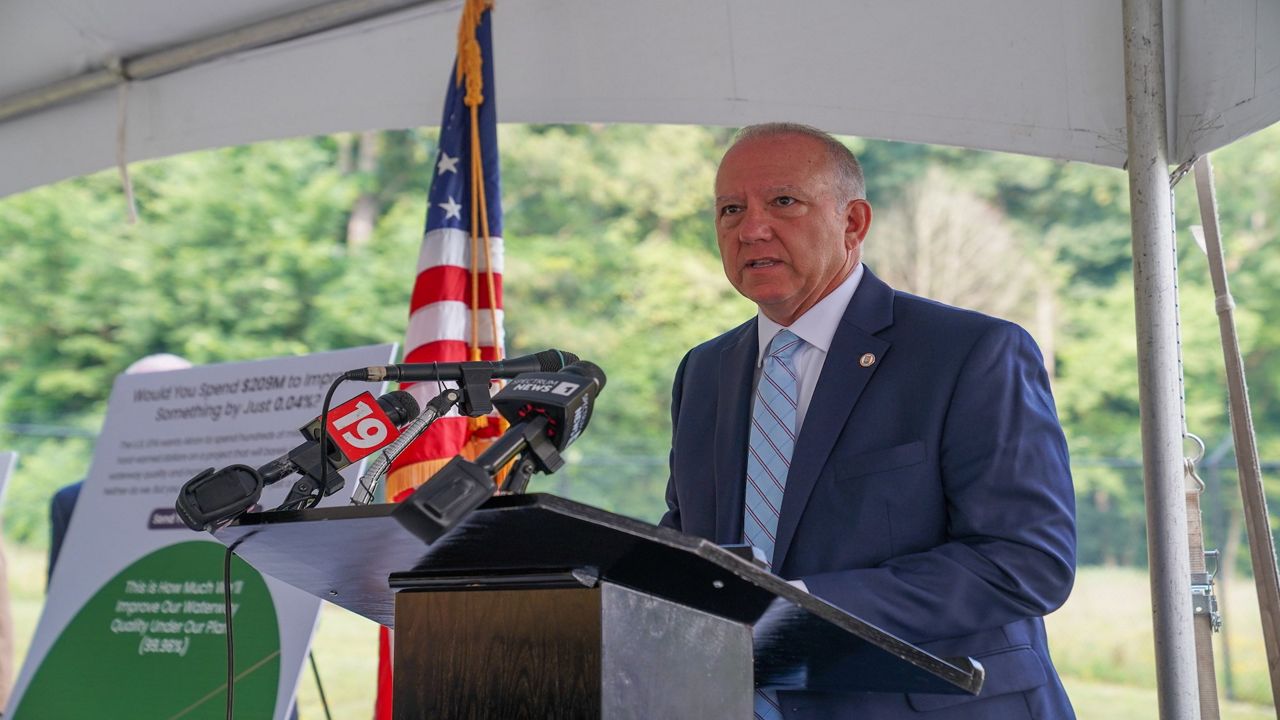AKRON, Ohio — The city of Akron is pushing back on a U.S. EPA order to build a $200 million treatment facility next to the Towpath Trail in the Cuyahoga River valley, potentially raising Akronites’ water/sewer bills an additional 20%.
The “enhanced high-rate treatment” plant would be part of the more than $1 billion Akron Waterways Renewed! sewer project, which is mandated under a 2014 consent decree, or agreement, the city made with the U.S. EPA.
Under the EPA’s decree, Akron must bring its sewer system into compliance with the Clean Water Act and stop old sewers from overflowing into the Cuyahoga River by 2028.
Akron’s consent decree is one of the strictest in the nation, the city said.
To date, Akron has completed 24 of the 26 projects with the 25th project, the Northside Interceptor Tunnel, well underway, the city said.
At a press conference Tuesday, Mayor Dan Horrigan said the city launched a formal dispute resolution process and suggested alternatives that would eliminate the need to build the treatment plant while having a significnat impact on the quality of local waterways.
The proposed plant would be used at most three time a year, Horrigan said, calling its benefits “almost nonexistent.”
“Meanwhile, after we complete the Northside Interceptor Tunnel, Akron will already be capturing and treating 99% of all wet weather flows,” Horrigan said. “That means over 2.3 billion gallons of water, which previously went unchecked back into our waterways, will now be treated. This is a massive environmental feat and one we all should be incredibly proud of. But it has come with a cost. The price tag for these improvements is already at $1 billion.”
Since the project began, Akronites have faced water/sewer bills almost triple what they paid prior to the project.
Horrigan called on residents to speak out in support of the city’s proposal, which includes four alternative projects that would cost about one-quarter of the $200 million treatment plant.
“This is complete agency overreach and quite frankly, I know this community is tired of it,” he said. “Today, I am imploring the U.S. EPA to reconsider our proposal to eliminate the EHRT and move forward with our alternative projects. I am asking our community to rally together and make their concerns known to the EPA.”
Since the beginning of the project, the city has worked to reduce costs by proposing innovative designs, many using green infrastructure, and securing reduced interest rates on loans.
Rather than build the proposed treatment plant, the city has offered the EPA four alternatives:
- Reduce the typical year discharge to 62 million gallons by treating wastewater at the existing Cuyahoga Street facility;
- Sewer the Village of Peninsula in the heart of the Cuyahoga Valley National Park;
- Conduct studies to begin providing sanitary sewer service to the Sawyerwood neighborhood of Springfield Township; and
- Address sanitary sewer overflows to Springfield Lake from the Village of Lakemore.
According to the city, the last three alternatives would address bacteria going into the Cuyahoga River watershed, which can impact water recreation from Springfield Lake to the Cuyahoga Valley National Park.
Because Akron hasn’t experienced a single overflow at the Ohio Canal Interceptor Tunnel in well over a year, the EPA’s proposed treatment plant would not have been used at all, the city said.
The OCIT is a significant aspect of the Waterways Renewed project, collecting combined sewer overflow from nine locations around downtown Akron. The tunnel is 27 feet in diameter and 6,240 feet in length.
To learn more about the project or to send an email to U.S. EPA Regional Director Michael Regan, visit the Akron Waterways Renewed! website.




